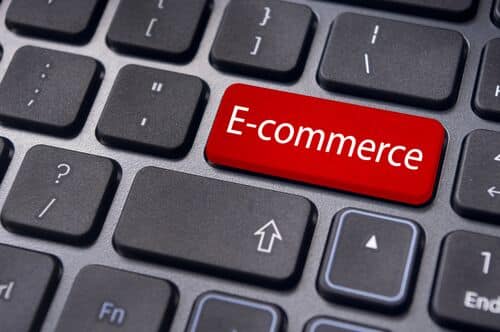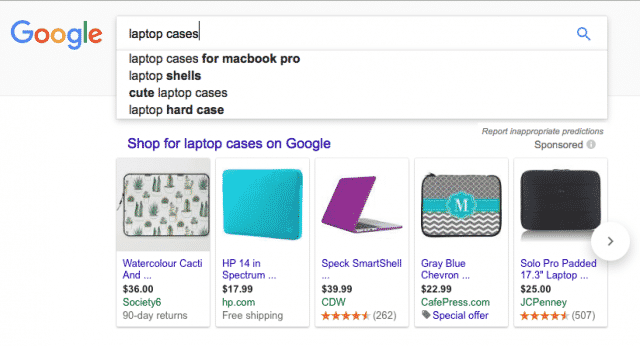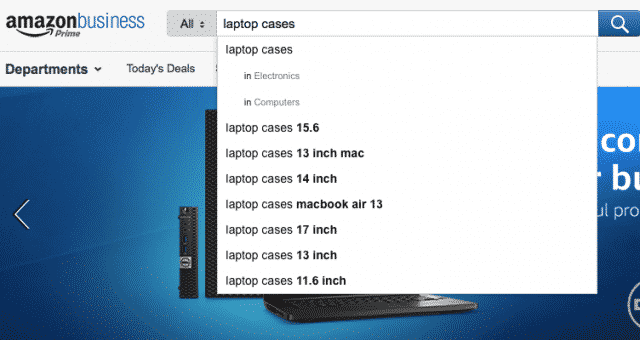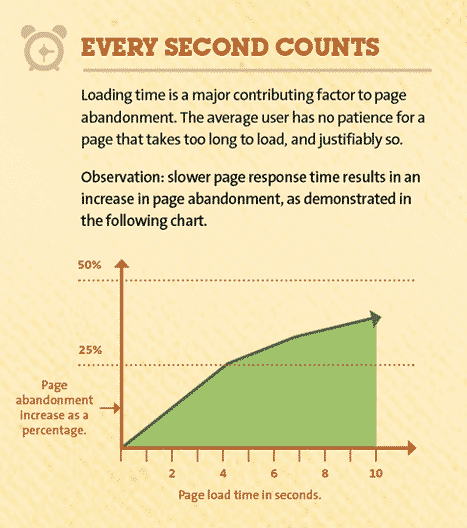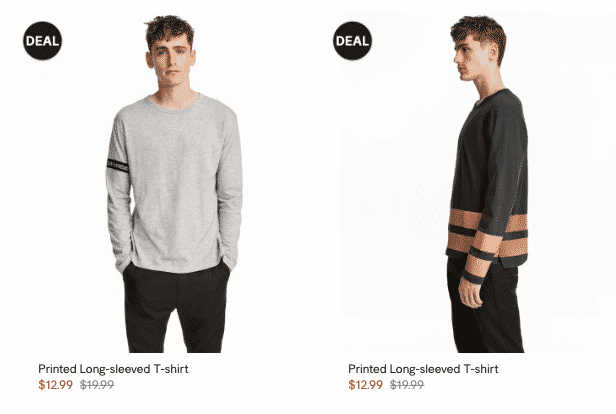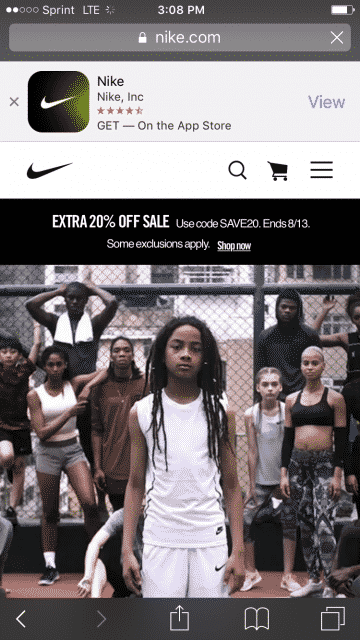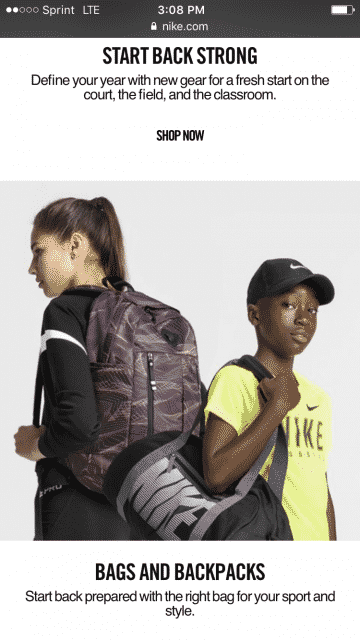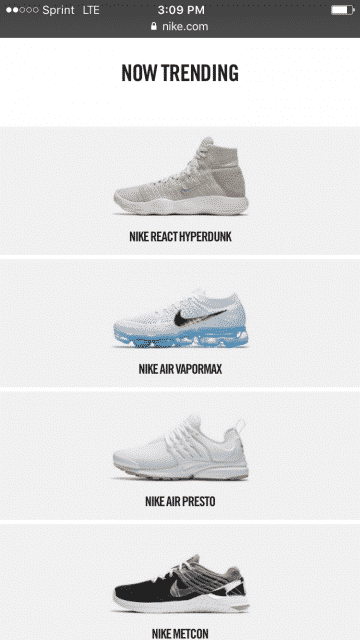These days having an eCommerce website can be more competitive than a storefront. With outlets like SquareSpace and the range of eCommerce WordPress themes available, building an online website can be done by just about anyone, web developer experience or not. Which means just about everyone is building an online store and competing for your customers.
With the amount of competition online, and the similarity of online stores, it’s as difficult as ever to get your eCommerce website on page one of search results. Yet, you have to keep on trying.
96% of Americans have made an online purchase in their life, 80% in the past month alone, and these numbers are only increasing. People enjoy shopping online, it’s easy, convenient, and they don’t even have to leave the couch. 51% of Americans think shopping online is the best way to shop, with 49% preferring shopping in-store, and I personally agree with them.
So how can you get these active shoppers to your online store? Try focusing on the eCommerce tips below to help your online store improve it’s search rankings and be found by new customers.
Think Outside of the Keyword Box
Of course you’re going to need to rank for your essential keywords and phrases that represent the online store, but why not push the keyword envelope a bit further? The key to successful rankings can sometimes be as simple as uniqueness.
All of your competitors are using the same type of keywords you are because they’re in the same industry, selling similar products to similar customers. If you even try and compete with the big boys for the same keywords, you’ll be lost on Page 6 of search results.
Instead of dissolving into cyber space, make your eCommerce site stand out by using a unique set of keywords for your products. For example, an organic pet store can focus on “gluten free dog food”, “gluten free cat food”, and “made in America treats” keyword terms instead of just “pet store”, “organic pet store”, “dog food” type of terms.
If you sell laptop cases to the working professional you’re not just going to want to target the term “laptop cases”, either. Do some research on your primary keywords to see what else pops ups in terms of phrases.
Try a few of these as well:
By doing a little bit of keyword research, you may find that you’re using the wrong initial term entirely.
Here’s a few keyword research tools you can use to help find unique keywords:
Your Pages Need to Load Within 2 Seconds or Less
When it comes to page speed, it doesn’t matter if it’s your product page, checkout page, or your home page. All of your pages need to load quickly or you’re going to lose potential customers.
Slow loading pages aren’t just bad for user experience and will lessen the chances of purchases being made, but they can also negatively effect your rankings. Even Google thinks so.
John Mueller said in a Google Webmaster Help thread:
We’re seeing an extremely high response-time for requests made to your site (at times, over 2 seconds to fetch a single URL). This has resulted in us severely limiting the number of URLs we’ll crawl from your site, and you’re seeing that in Fetch as Google as well. My recommendation would be to make sure that your server is fast & responsive across the board. As our systems see a reduced response-time, they’ll automatically ramp crawling back up (which gives you more room to use Fetch as Google too).
Test your page speed using a tool like Pingdom and see if your site speed could use some improvement.
Display Your Credibility, and Make it Known
You don’t have to be a big player to make the team, but you do need to have some credibility. In order for people to want to make a purchase on your website, and not on Amazon, you need to make it clear that they can:
A. Trust your business
B. Trust that their information isn’t going to be sold
C. Trust that your products are going to be delivered as advertised
Not only do you need a SSL certification, but you should also add a BBB rating and payment options that consumers are familiar with like PayPal or Stripe. Don’t stop there, though. You’re going to want to display customer testimonials and ratings for products and your overall company.
A website with multiple products featuring 4 stars and higher tells the consumer that your products are quality, and they can expect to receive exactly what they’re told. Bonus points if you can get customer reviews about your actual company.
Are you known not just for your products but your customer service? Have a forgiving return policy that people rave about? Feature these positive reviews on your eCommerce website and give consumers even more reasons to buy from you.
88% of consumers say that they trust online reviews as much as personal recommendations’. The more that people can trust being able to make a purchase on your website, the more likely they are to go from the billing information form to the confirmation page. More purchases aren’t just good for business, but their great for ranking.
Happy customers turn into repeat customers, which means traffic, and they also turn into referral sources, which you guessed it it means more traffic. Quality traffic, like someone who makes multiple purchases on your website is the kind of traffic that search engines love and want to rank you properly for.
Don’t Use Duplicate Content For Each Product
Sure, some of your products may be extremely similar, but that’s no excuse to get lazy on us. Each of your product pages should have unique content that describes a product in detail. Heck, give us a video while you’re at it!
Duplicate content is a big slap on the wrist and won’t put you any closer to Page One of search results. You can use tools like Siteliner and Copyscape to check and see if there is duplicate content on your eCommerce website.
Make the Mobile Shop Accessible
We all know by now that websites need to be mobile friendly, like really friendly. More and more purchases and searchers are being made from mobile devices, and that’s only going to increase overtime. Business Insider predicts that mobile-commerce is expected to reach $284 billion, or 45% of the total U.S. e-commerce market, by 2020. That’s almost half of the entire eCommerce experience so if you aren’t preparing your online store for mobile, you best get on it.
An entire buyer’s journey should be able to made from a mobile device, and easily. The above the fold importance still takes place on mobile, meaning your call to action (sale or promo code) needs to be shown before a user starts scrolling.
Nike.com does a great job of offering a mobile friendly shopping experience and above the fold call to action. Immediately upon landing you’re given their most current sale and promo code, along with a very branded image of their products being worn by real people.
As you scroll, you start to explore their features. Being that it’s August and “Back to School” is everywhere, Nike jumps on the seasonal opportunity and features their below the fold content beginning with the seasonal tend to keep users engaged.
You continue to scroll to their additional products, such as their “Now Trending” section, which is going to link to their most popular and highest traffic product pages.
Great mobile experience, Nike!
Find Site Errors and Fix Them ASAP
Broken grocery carts make it hard to shop online. So do broken links, images, and missing content. Make sure everything on your eCommerce website is performing at 100 percent.
If Google crawls your website and notices errors, broken links, or redirect issues, they’re going to give your competitor’s error-free site ranking priority over yours. Make sure that everything is functioning properly on your website before going LIVE.
Kissmetrics recommends checking the following, and most common, errors first:
- Redirecting any 404 pages to actual content
- Changing 302 redirects to 301 redirects
- Updating duplicate content pages, meta titles, and meta descriptions
